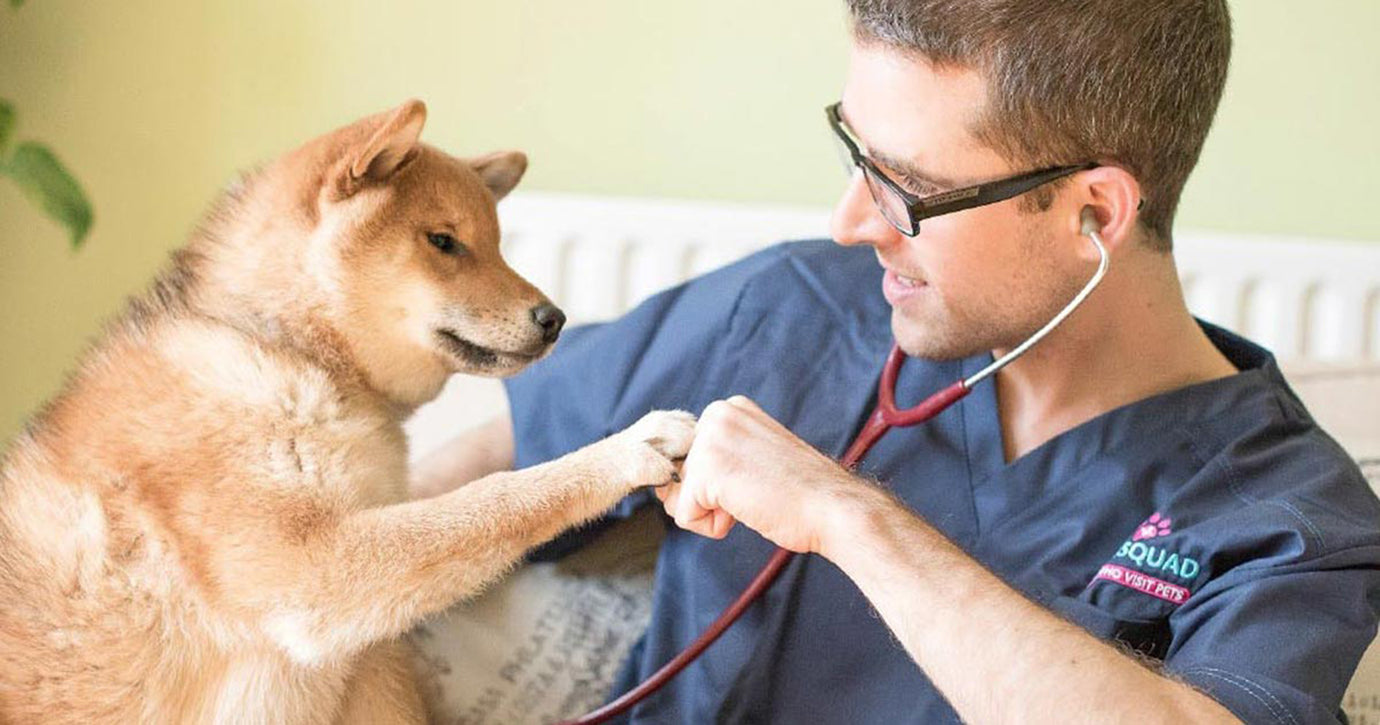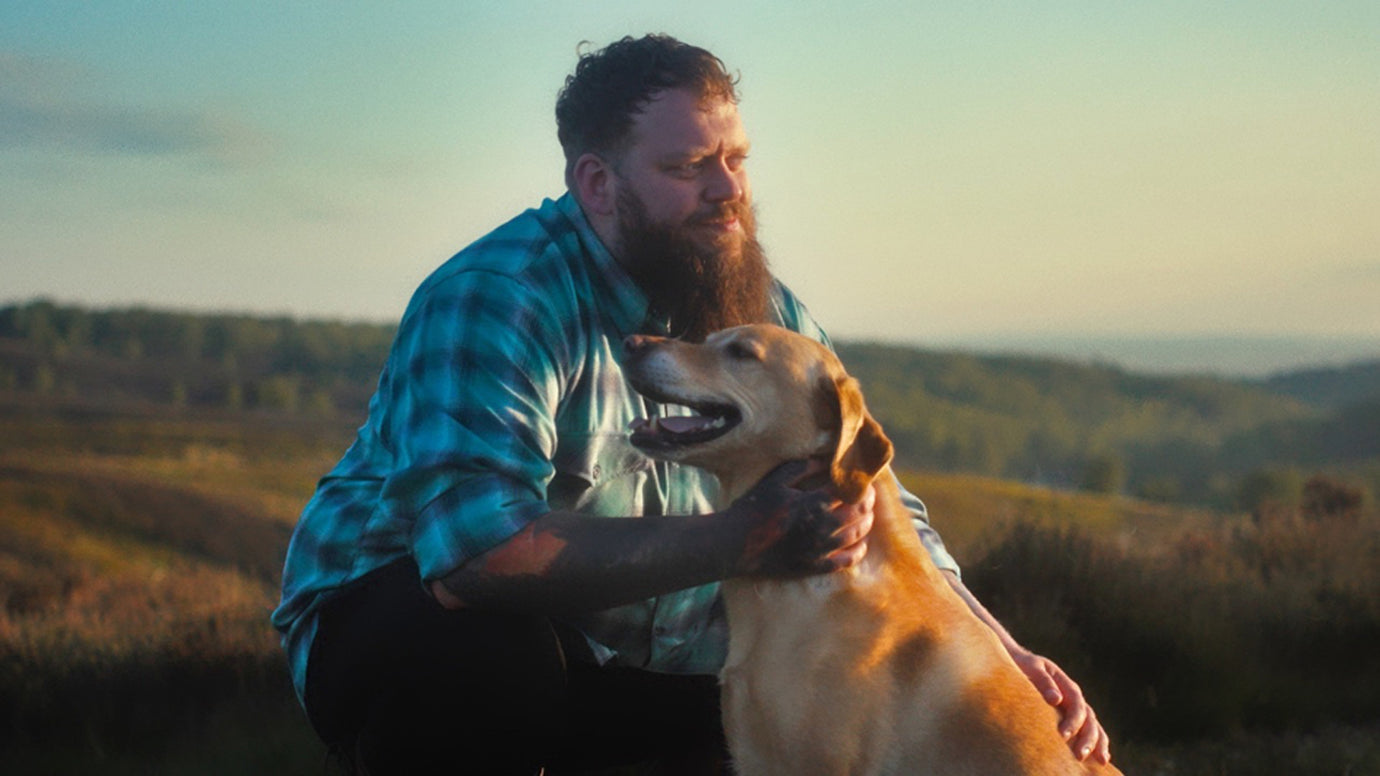Wolf wolf! Five wolf-like behaviours our dogs display every day

Most of us know that wolves and dogs evolved along a similar timeline, and whilst wolves and dogs diverged from their common ancestor millennia back in the history of their evolution, the wild and noble wolf and your rather more domesticated pet dog still have a huge amount in common.
How wolves and wild dogs behave in the wild also has a number of marked similarities, and day-to-day life in a wolf pack or a dog pack often looks very much the same in terms of the behaviour of the various members of each pack, and the type of traits and behaviours that they display.
Whilst your sofa-loving Great Dane or comical pet pug might seem about as far removed as can be from their wolf relatives whilst still maintaining a loose genetic connection, there are a number of behaviours that pet dogs display every single day that are replicated by wolves in the wild.
In this article we will share five wolf-like behaviours that our dogs display every day, to help you to better understand your own dog and their evolutionary traits. Read on to learn more.
Prey drive
Prey drive refers to the instinctive urge that some animals have to identify, target and chase down other animals as a potential source of food, and their ability to successfully finish a chase and make a kill.
For animals that rely on hunting for live food to get all or some of the food that they need to survive, the prey drive is strong, innate and hard to curb, as it is an innate evolutionary trait that is hardwired into the species in question to enhance their chances of survival.
Both wolves and dogs are hunter-scavengers, and so, have strong prey drives. Virtually any dog will pursue what they see as prey if it is right in front of them and they have not been successfully trained not to - and conditioning a dog to completely ignore their own prey drive is very difficult to achieve effectively.
However, dogs can be trained not to pursue prey, or to return when called in the middle of a chase, which is one way in which dogs and wolves differ!
Socialisation
Both wolves and dogs are naturally highly social species, which will actively seek out the company of their own kind and form cooperative units with them. This is not only because both wolves and dogs love company, but because socialising and forming cooperatives with others helps to increase the chances of survival of every member of the pack.
A lone wolf or dog in the wild has a much lower chance of survival than a pack working together to defend their territory, find food and stay safe, and dogs and wolves that were prepared to work with others were those most likely to survive in the wild.
Today’s pet dogs actively seek companionship and playmates in the dog park just as wolves like to have company too, but dogs are much more inclusive in terms of their friend groups, whilst wolves tend to stick to broadly related pack structures and tend to be defensive against potential new members.
Participation in pack hierarchies
In order to form a cooperative or collective of wolves or dogs to increase the group’s overall chances of survival, each member of the collective needs to be prepared to work within the rules and accepted behaviours of the group, and know their role and its limitations.
Not every dog or wolf can be the alpha or pack leader, and whilst TV shows and films would often have us believe that wild wolf and dog packs see regular challengers for the alpha position and a continual stream of fights and power struggles, this is quite uncommon in reality.
When an alpha gets old or unwell enough to be able to effectively lead and protect the pack, a challenger or younger member may step up in their place - but infighting amongst the pack on a day-to-day basis only weakens the pack and compromises its chances of survival, and pack survival relies upon cooperation.
Even in the dog park, all of the different dogs that play and engage together form themselves into loose and transient pack structures, with obvious ringleaders, slowcoaches, those that aren’t the fastest but can play the longest, and those that bring something else to the table that benefits the group as a whole.
Canine socialisation isn’t just about being part of a pack and having dog friends – it is also about a willingness to work within the pack hierarchy, and follow the rules of its membership.
Territorial and guarding behaviours
Wolves and wild dogs tend to stick to set territories, which they rarely stray from as long as food is available and that they proactively defend against threats.
Dogs do this as well, and usually see their home and often, garden, pathway and even the street outside as part of their territory too, and most dogs display marked territorial behaviours.
This might be as simple as barking in alert if someone approaches the home, or as complex as a dog that will actively patrol the fences and limitations of their garden to serve as a deterrent to others.
Dogs will also often defend the other dogs and people that they love from perceived threats, sometimes being hugely protective over smaller or weaker members of the family.
Resource gathering
Lots of dogs display a range of resource gathering and guarding behaviours, such as digging holes to bury toys in, hiding bones or food for later, and eating as much food is available even well past the point of fullness when the opportunity arises.
These types of behaviours are a reflection of the evolution of both dogs and wolves to take full advantage of all of the resources that are available to them at the time, in preparation for potentially leaner times to come.
Wolves and wild dog packs often bring downed prey back to the fold to share of to feed young, and both wild species also tend to eat as much as possible at every opportunity in case food is harder to find tomorrow. Dogs do this too, even though most of our domestic dogs have never gone hungry in their lives, and never will - because this is hardwired into their brains as a result of their evolutionary survival.
(Article source: Pets 4 Homes)





